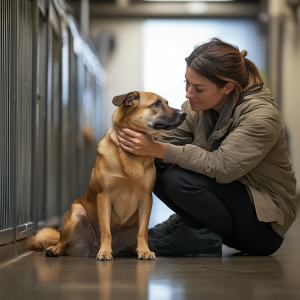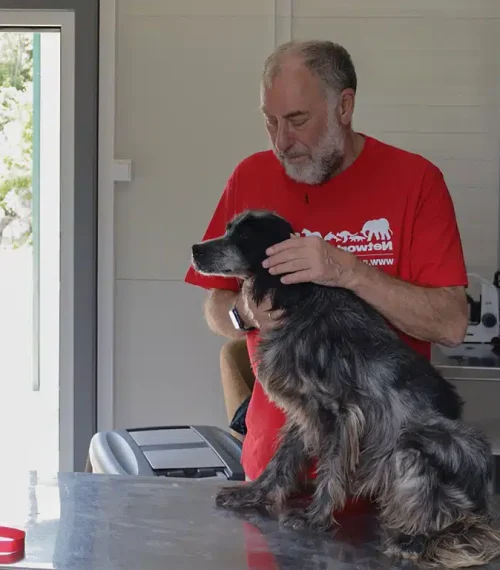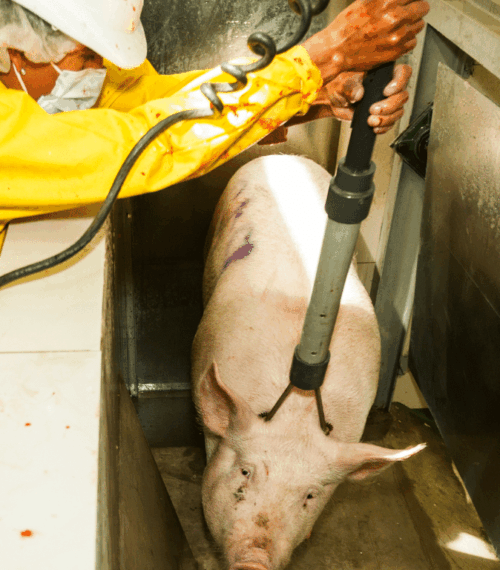If things aren’t working out with your dog, rehoming may be the best solution. Learn how to safely rehome a dog with step-by-step guidance, ensuring your pet finds the best new home.
How to Safely Rehome a Dog If Things Just Aren’t Working Out
Rehoming a dog is a big decision. Whether your situation has changed, or you’ve realized that your dog isn’t a good fit for your lifestyle, it’s important to approach the process with care and responsibility. Ensuring that your dog ends up in the right hands requires thoughtful consideration. In this guide, we’ll walk you through how to safely rehome a dog if things just aren’t working out.

Table of Contents
- Why Rehoming Your Dog Is Sometimes Necessary
- Signs You Should Consider Rehoming a Dog
- How to Safely Rehome a Dog: The Step-by-Step Process
- Where to Start: Finding a Responsible New Home
- Working with Rehoming Organizations and Shelters
- How to Prepare Your Dog for a New Home
- What to Expect During the Rehoming Process
- Conclusion
- For More Pet-Related Articles
Why Rehoming Your Dog Is Sometimes Necessary
Rehoming a dog can be an emotional and difficult decision, but sometimes it is the right choice. Dogs can develop behavioral issues, or you may face personal changes that make it difficult to care for them. When things just aren’t working out, you may be thinking, “How can I safely rehome my dog?”
Signs You Should Consider Rehoming a Dog
Before you make the decision to rehome your dog, it’s crucial to understand the signs that it might be time. If your dog’s behavior becomes unmanageable despite your best efforts or your home environment is no longer suited for your dog’s needs, it may be time to start thinking about rehoming options. Signs that you might need to rehome your dog include:
- Aggression or constant behavioral issues
- Your dog does not fit your lifestyle
- Health or financial challenges that prevent proper care
- Changes in living arrangements (e.g., moving to a place that doesn’t allow pets)
How to Safely Rehome a Dog: The Step-by-Step Process
When you’re ready to safely rehome your dog, follow these steps to ensure the process is smooth and secure.
- Evaluate Your Dog’s Needs: Before making any decisions, ensure you understand your dog’s needs. Consider their age, temperament, and any special medical requirements they may have.
- Find the Right Home: Ensure that the new home can meet all of your dog’s needs. This includes space for exercise, a safe environment, and the time for attention and training.
- Ask Questions and Conduct Interviews: When talking to potential adopters, ask about their lifestyle, home environment, and experience with dogs. Ask them to meet your dog beforehand to ensure compatibility.
Where to Start: Finding a Responsible New Home
Finding the right new home for your dog is crucial for their well-being. Here are some key places to start your search:
- Friends and Family: Asking friends and family who already know your dog is one of the safest options. They will likely be familiar with the dog’s personality and can provide a loving home.
- Social Media and Pet-Specific Websites: Many platforms have rehoming sections where you can post about your dog and attract responsible potential adopters. Websites such as Petfinder, Adopt-a-Pet, or local pet groups can connect you with people looking to adopt.
- Reputable Shelters and Rescue Groups: Reach out to local animal rescues and shelters that have experience with rehoming dogs. These organizations often have a network of foster homes and adopters ready to give your dog a second chance.
Working with Rehoming Organizations and Shelters
Working with reputable shelters and rescues can help streamline the rehoming process. They have the experience and resources to screen potential adopters, ensuring your dog ends up in a safe environment. Make sure you choose an organization with a strong reputation for ethical practices and responsible rehoming.
How to Prepare Your Dog for a New Home
Preparing your dog for their new home is a key part of the rehoming process. Here are steps you can take to ensure a smooth transition:
- Update Medical Records: Make sure your dog’s vaccinations, microchip, and medical records are up-to-date.
- Assess Behavior and Training: If your dog has any behavioral issues, work with a trainer to help resolve them before rehoming. You want to give your dog the best chance at adapting to a new family.
- Provide a Smooth Transition: Provide some of your dog’s familiar belongings, like their bed or toys, to help them feel comfortable in their new home.
What to Expect During the Rehoming Process
Once you’ve found a suitable home for your dog, you may wonder what to expect next. The process of transferring ownership can vary but typically involves:
- Meet-and-Greet: Meeting with the new owners and making sure everyone feels comfortable.
- Trial Period: Some owners may offer a trial period to ensure the dog fits into their household before making the final commitment.
- Finalizing the Adoption: This step involves paperwork that officially transfers ownership and responsibility for your dog to the new family.
Conclusion
Rehoming a dog is never an easy decision, but when it’s the right choice, it can ensure that both you and your pet find the happiness you deserve. By following these steps and using caution and compassion, you can safely rehome your dog and give them the best chance at a fulfilling life in their new home.















































































































